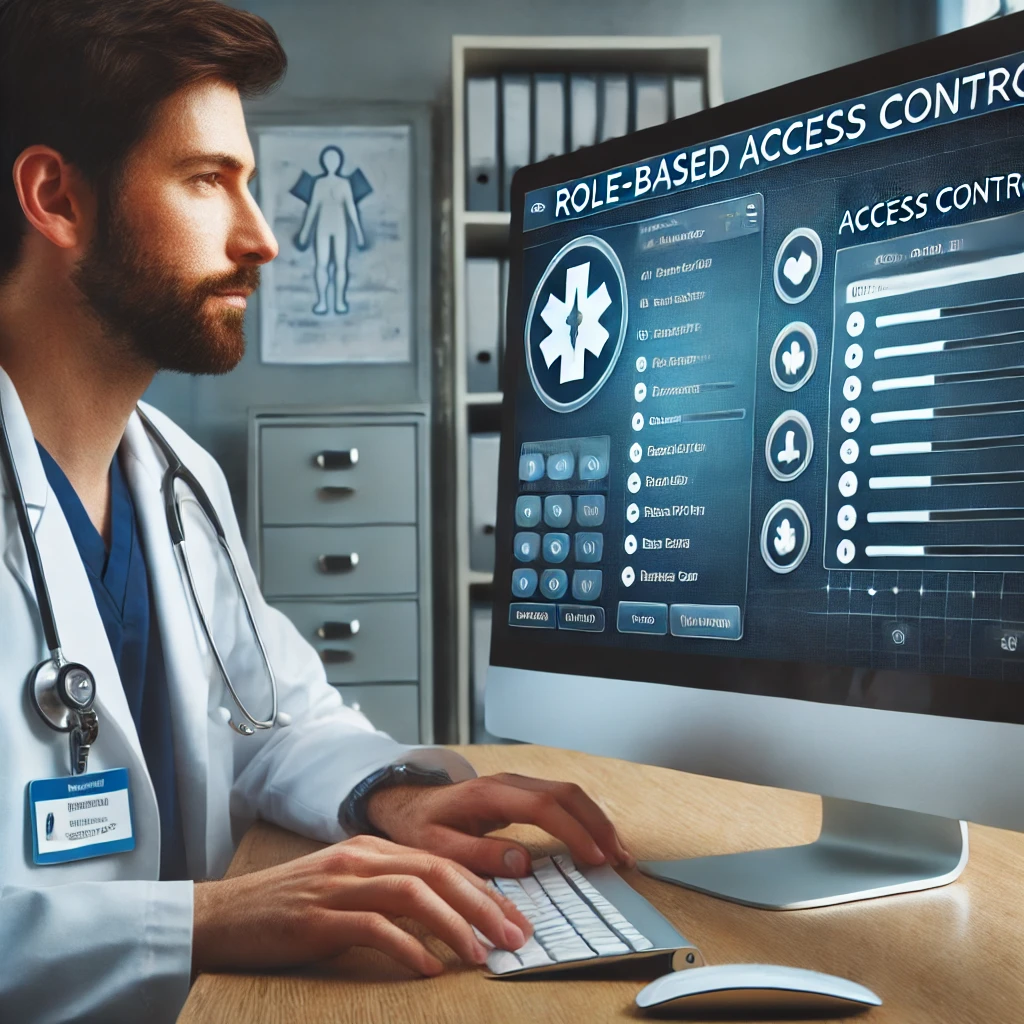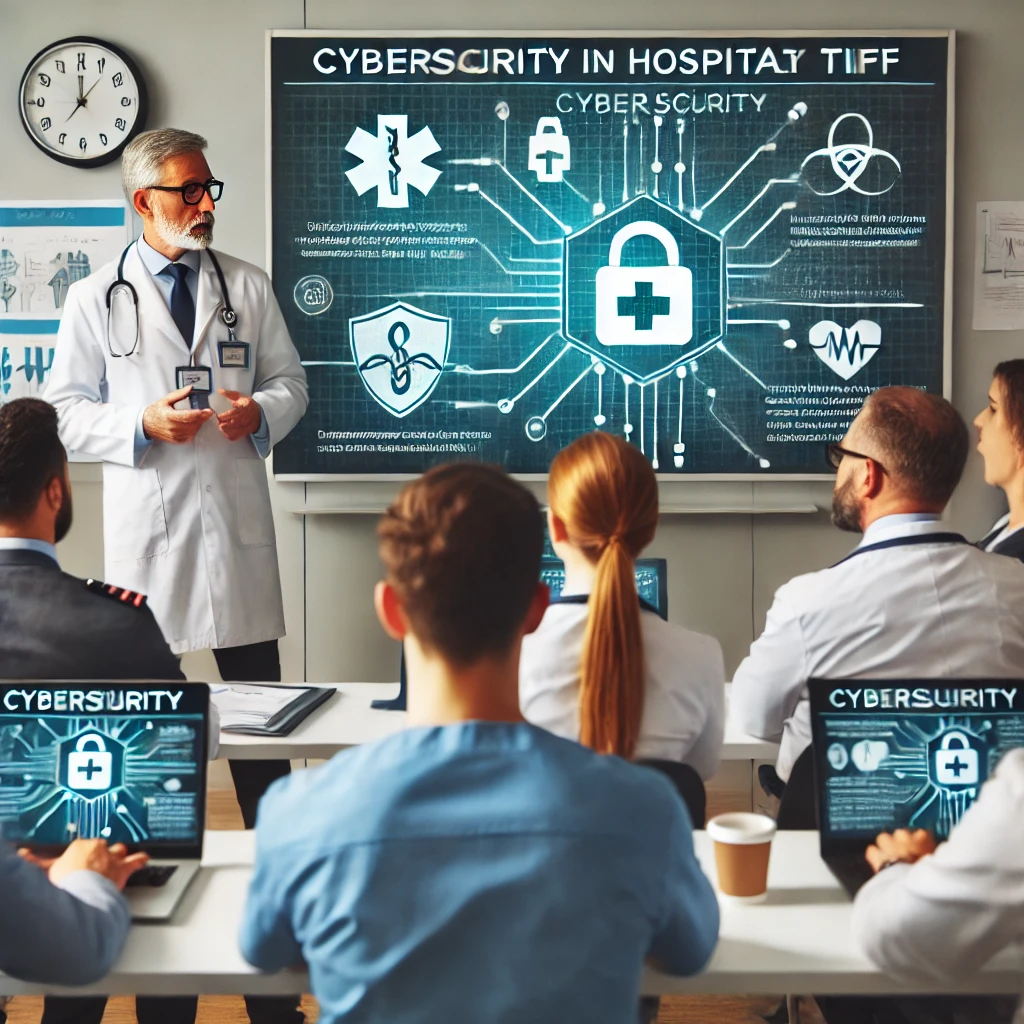The healthcare industry is undergoing a profound transformation, driven by the integration of digital technologies and the growing reliance on electronic health records (EHRs). While these advancements bring numerous benefits, they also introduce significant cybersecurity challenges. Protecting patient data and ensuring compliance with stringent regulations is paramount for healthcare providers. In this blog post, we will explore the unique cybersecurity challenges faced by the healthcare industry and offer best practices for safeguarding patient data, ensuring regulatory compliance, and maintaining secure networks in hospitals and clinics.
Unique Healthcare Cybersecurity Challenges
1. High Value of Patient Data
Patient data is incredibly valuable to cybercriminals. Medical records contain personal, financial, and health information that can be exploited for identity theft, insurance fraud, and other malicious activities. The high value of this data makes healthcare organizations prime targets for cyberattacks.
2. Complex IT Infrastructure
Healthcare organizations typically operate complex IT infrastructures, including EHR systems, medical devices, and administrative software. These systems often lack uniformity and may include outdated technology, creating vulnerabilities that can be exploited by cybercriminals.
3. Interconnected Medical Devices
The rise of the Internet of Medical Things (IoMT) has led to increased connectivity between medical devices and hospital networks. While IoMT enhances patient care, it also expands the attack surface, as many devices lack robust security features and are susceptible to hacking.
4. Regulatory Compliance
Healthcare providers must comply with various regulations, such as the Health Insurance Portability and Accountability Act (HIPAA) in the United States and the General Data Protection Regulation (GDPR) in the European Union. Ensuring compliance with these regulations is challenging and requires ongoing effort to stay updated with evolving legal requirements.

Best Practices for Protecting Patient Data
1. Implement Robust Access Controls
Access controls are critical for limiting who can view or modify patient data. Healthcare organizations should adopt role-based access controls (RBAC) to ensure that employees can only access the information necessary for their job functions. Multi-factor authentication (MFA) adds an extra layer of security by requiring users to provide multiple forms of verification before gaining access.
2. Encrypt Sensitive Data
Encryption is essential for protecting patient data both in transit and at rest. By encrypting data, healthcare organizations can ensure that even if data is intercepted or accessed without authorization, it remains unreadable and unusable to cybercriminals.
3. Regularly Update and Patch Systems
Outdated software and systems are a common entry point for cyberattacks. Healthcare providers should establish a routine schedule for updating and patching all software, including operating systems, applications, and medical devices. This practice helps to close security gaps and reduce vulnerabilities.
4. Conduct Regular Security Audits and Risk Assessments
Regular security audits and risk assessments are vital for identifying and addressing potential vulnerabilities within healthcare systems. These evaluations should include penetration testing, vulnerability scanning, and assessments of security policies and procedures. By identifying weaknesses, healthcare organizations can take proactive steps to mitigate risks.
5. Train Staff on Cybersecurity Best Practices
Human error is a significant factor in many cyber incidents. Training staff on healthcare cybersecurity best practices, such as recognizing phishing attempts, creating strong passwords, and reporting suspicious activity, can greatly reduce the risk of data breaches. Regular training sessions and updates on emerging threats are essential for maintaining a security-aware workforce.

Ensuring Compliance with Regulations
1. Understand Applicable Regulations
Healthcare organizations must thoroughly understand the regulations that apply to them, such as HIPAA, GDPR, and other regional or industry-specific laws. This understanding is crucial for implementing appropriate security measures and avoiding costly fines and legal consequences.
2. Develop and Implement Comprehensive Policies
Developing and implementing comprehensive healthcare cybersecurity policies and procedures is essential for ensuring regulatory compliance. These policies should cover data protection, access controls, incident response, and employee training. Regular reviews and updates to these policies help to address new threats and changes in regulations.
3. Maintain Detailed Documentation
Detailed documentation is critical for demonstrating compliance with regulatory requirements. Healthcare organizations should maintain records of security policies, risk assessments, incident response plans, and employee training programs. This documentation serves as evidence of compliance and can be invaluable during audits or investigations.
4. Establish an Incident Response Plan
An effective incident response plan outlines the steps to be taken in the event of a cyber incident. This plan should include procedures for identifying and containing the breach, notifying affected individuals, and reporting the incident to relevant authorities. Regular drills and updates to the incident response plan ensure that healthcare organizations are prepared to respond swiftly and effectively to cyber threats.

Maintaining Secure Networks in Hospitals and Clinics
1. Segment Networks
Network segmentation involves dividing a network into smaller, isolated segments to limit the spread of cyberattacks. By segmenting networks, healthcare organizations can ensure that even if one segment is compromised, the attacker cannot easily access other parts of the network.
2. Implement Firewalls and Intrusion Detection Systems
Firewalls and intrusion detection systems (IDS) are fundamental components of a robust cybersecurity strategy. Firewalls help to block unauthorized access to the network, while IDS monitor network traffic for suspicious activity. Together, these tools help to detect and prevent cyberattacks.
3. Regularly Monitor Network Activity
Continuous monitoring of network activity is essential for detecting and responding to potential threats in real-time. Healthcare organizations should use advanced monitoring tools and techniques to identify unusual patterns or behaviors that may indicate a cyberattack.
4. Secure Wireless Networks
Wireless networks in hospitals and clinics should be secured using strong encryption protocols, such as WPA3, and hidden SSIDs. Regularly changing passwords and limiting access to authorized devices can further enhance the security of wireless networks.
Conclusion
The healthcare industry faces unique cybersecurity challenges that require a comprehensive and proactive approach to protect patient data and ensure regulatory compliance. By implementing best practices, such as robust access controls, encryption, regular updates, and staff training, healthcare providers can significantly reduce the risk of cyberattacks. Additionally, maintaining secure networks through segmentation, firewalls, and continuous monitoring is essential for safeguarding sensitive information. Ultimately, a strong cybersecurity strategy not only protects patient data but also ensures the continued trust and confidence of patients and regulatory bodies.
Contact QRES to understand how we can help you improve your cybersecurity standing.





